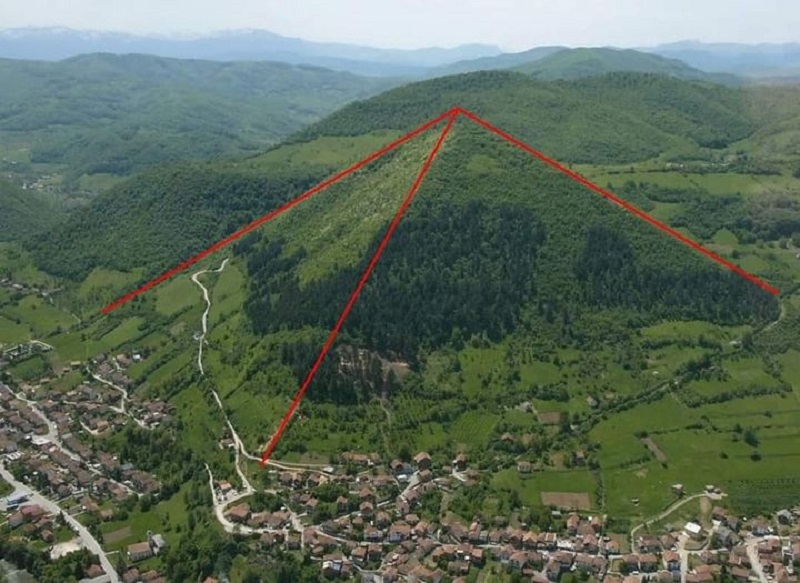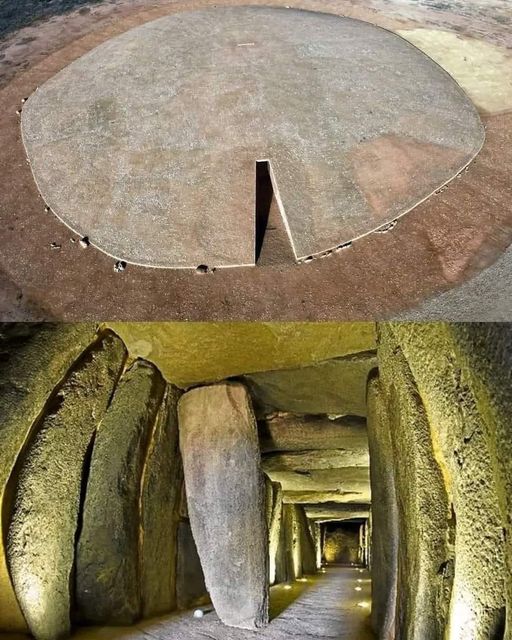Dinosaur Tail Fossil, Paleontological Discovery, Mexican Desert Excavation
In a remarkable feat of paleontological discovery, scientists have unearthed a breathtaking relic from the depths of prehistory—a 72-million-year-old dinosaur tail fossil discovered in the vast expanse of the Mexican desert. As we delve into the details of this baffling find, we unravel the mysteries of a bygone era and gain invaluable insights into the ancient inhabitants of our planet.

A Glimpse into the Ancient Past
The discovery of the 72-million-year-old dinosaur tail fossil represents a rare window into the distant past, offering a glimpse of the world as it existed millions of years ago. Preserved in the sands of time, this prehistoric relic provides invaluable clues about the anatomy, behavior, and evolutionary history of the dinosaurs that once roamed the Earth.
Unraveling the Mystery
Scientists believe that the dinosaur tail belonged to a previously unknown species of hadrosaur, a type of herbivorous dinosaur characterized by its duck-billed snout. Analysis of the fossilized remains has revealed intricate details about the structure and composition of the tail, shedding light on how these ancient creatures moved and interacted with their environment.
A Testimony to Time
The remarkable preservation of the dinosaur tail fossil serves as a testimony to the forces of nature and the passage of time. Over millions of years, layers of sediment gradually encased and protected the remains, shielding them from the ravages of decay and decomposition. Today, paleontologists painstakingly excavate and study these fossilized relics, piecing together the puzzle of prehistory one fragment at a time.
Implications for Science and Discovery
The discovery of the 72-million-year-old dinosaur tail fossil holds immense scientific significance, offering new insights into the diversity and evolution of dinosaurs during the Late Cretaceous period. By studying the anatomical features and biomechanics of the tail, researchers can gain a deeper understanding of how dinosaurs adapted to their environments and interacted with other species.
Conclusion
As we marvel at the awe-inspiring discovery of the 72-million-year-old dinosaur tail fossil in the Mexican desert, we are reminded of the boundless wonders that lie buried beneath the surface of our planet. Through the meticulous efforts of paleontologists and researchers, we continue to unearth the secrets of prehistory and unravel the mysteries of the ancient world. As we look to the future, let us remain steadfast in our quest for knowledge and discovery, honoring the legacy of the dinosaurs and preserving the wonders of our natural history for generations to come.






